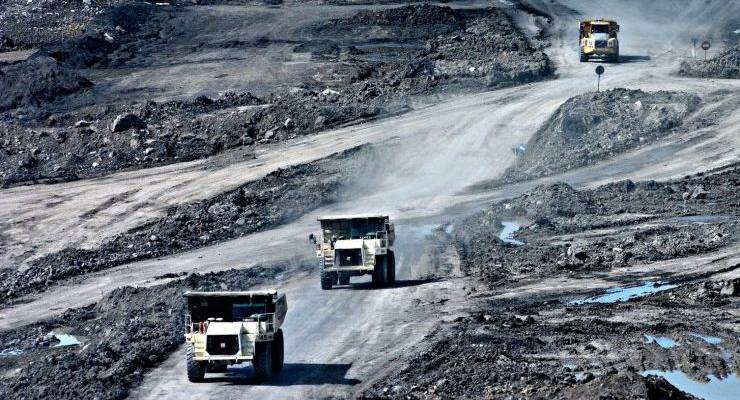
BHP has driven a large stake through the aspirations of fossil fuel fetishists by revealing that its high quality NSW thermal coal mine, Mt Arthur, is unsellable and will be closed.
Despite record high prices for thermal coal, BHP has announced it has been unable to find a buyer for the mine, the largest in the Hunter Valley, and intends to close it by 2030.
BHP has been trying to sell its Mt Arthur operation near Muswellbrook — which produces 20 million tonnes of high-quality thermal coal a year — since 2020. Earlier this year, BHP completed the sale of its 80% stake in Queensland miner BHP Mitsui Coal as part of the same divestment process.
However, even at a period of high coal prices brought on by the global energy market spike, BHP has been unable to find a buyer. Accordingly, it announced it will seek approval to continue operating the mine beyond 2026, when current approvals expire, with the goal of shuttering the mine and rehabilitating the area in 2030.
A trade sale process for NSWEC was conducted, however the process did not result in a viable offer. Assessment of the resource economics, geotechnical profile and future investment requirements determined that continued mining in the near term and moving to a closure in 2030 provides the optimal financial outcome when compared to alternate options.
BHP said it had already started work on the closure option and had already provided US$700 million to help pay for the rehabilitation of the open-cut mining site. Rehabilitation is expected to take 10 to 15 years from 2030.
Until recently it has only been owners of coal-fired power generators that have been announcing their planned abandonment of coal. BHP’s inability to sell Mt Arthur and its plan to close the mine extends investor antipathy to coal mining itself.
It is surely no coincidence that BHP’s announcement comes soon after the ouster of a government that denied the evidence of climate change — and on a day when Prime Minister Anthony Albanese and Energy Minister Chris Bowen invited business to join them as they formally committed to a 43% emissions reduction target by 2030.
BHP’s announcement also recalls another asset that it tried to sell half-a-dozen years ago — its Nickel West operations in Western Australia.
It couldn’t find a buyer then, either, and decided to tart up the mines, smelter and refinery to see whether any buyers might emerge. But the renewables boom has since seen nickel became a tier-one asset, and it is now at the forefront of the company pitching itself as a green machine for the renewable future. No similar salvation awaits coal.









The news reports I read said that it would be SHUT. Why clutter the language by saying it will be SHUTTERED. is someone going to put windows all around it so as to install the shutters?
Nah, that might incur the 19thC Victorian tax on windows, to go with the 19thC technology.
What’s that sound I hear? Ah!!! Another nail in fossil fuel’s coffin.
Music to my ears!
20,000,000 tons coal = roughly 100,000,000 tons CO2. Every year. Are we mad or what.
Or 50billion kw hours of power?? Yes we are mad.
My favourite thing about this was once again seeing the right wing reactionaries decry this shift in energy for the loss of jobs – again implying that there are certain people (2000 in this case) whose only economic value to society is to play some role in digging up coal. It’s banana republic thinking masquerading as lamentation.
Thought experiment: mining companies develop mechanical innovation to reduce their labour requirement by 90%. What do liberals and MSM do to stop its introduction?
Stop its introduction?! Don’t you mean cheer it on as delivering more value to shareholders (couched in the language that it’s a win for us consumers).
Matt Canavan must be having a mental breakdown Ishtar about now…